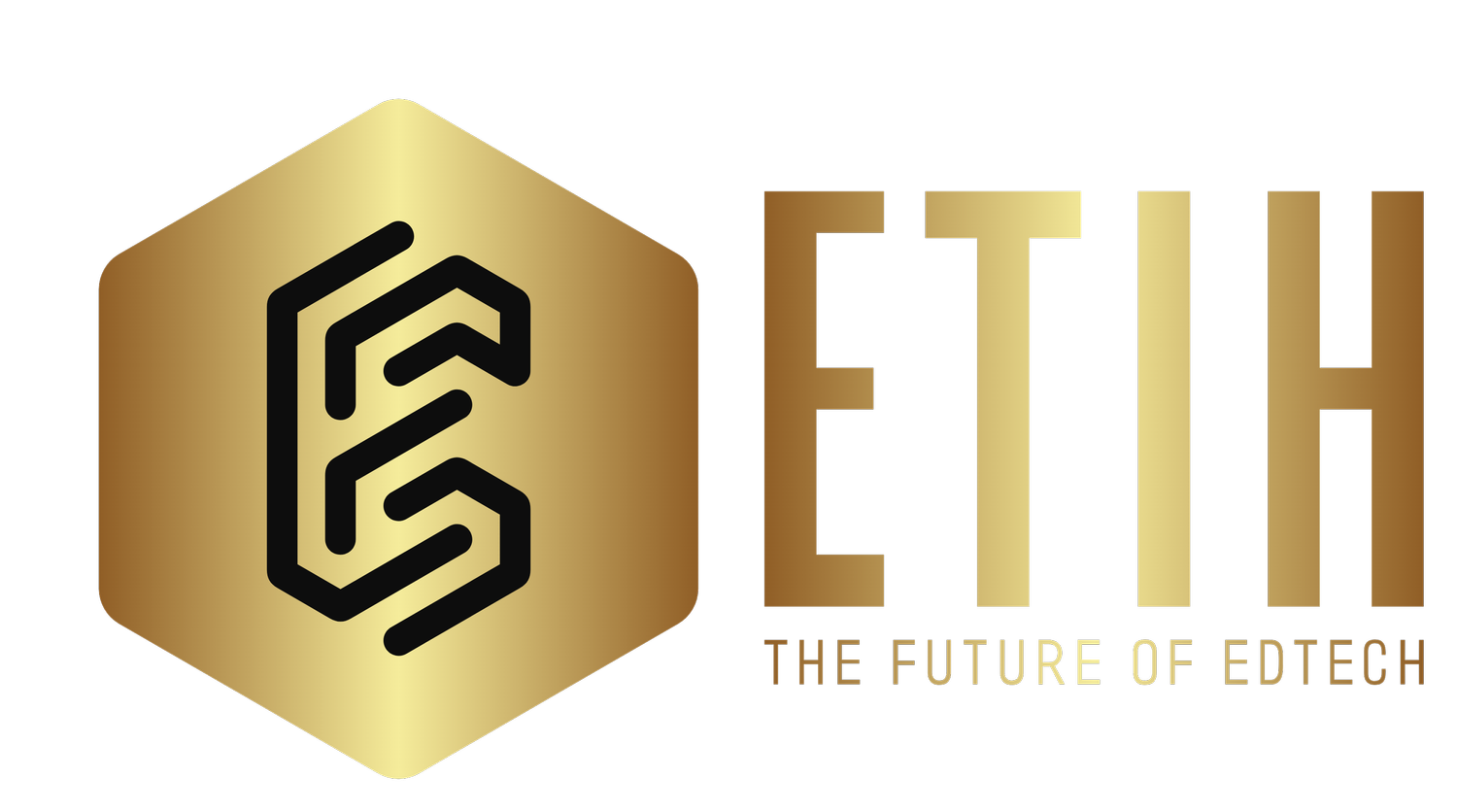Educators say AI won’t solve mental health crisis in classrooms despite rising adoption
Global survey highlights growing AI adoption but limited confidence in its role addressing mental health and behavioral issues
A global survey from education company McGraw Hill suggests that while AI is becoming more common in classrooms, most educators do not believe it will help solve their most pressing challenges, particularly those related to student wellbeing.
The findings are published in the company’s second annual Global Education Insights Report.
The survey, conducted by Morning Consult, includes responses from more than 1,300 K–12 and higher education educators across 19 countries. Top challenges cited include factors outside of school (52%) and student mental or behavioral health (45%). These concerns were ranked significantly higher than issues related to academic performance or technology access.
Despite these priorities, educators reported low confidence in AI’s potential to support areas like mental health, empathy development, or social skills. Instead, they saw higher value in AI applications such as language translation, test preparation, and career readiness.
Simon Allen, CEO of McGraw Hill, said:
“For the second year in a row, educators around the world and across education levels are saying the most significant obstacles they and their students are facing are those that extend beyond the classroom. While AI offers new tools to enhance learning, the biggest challenges in education are highly persistent and won’t be solved overnight. That’s why it’s crucial that we continue to listen to what educators are saying so we can identify meaningful solutions to empower their work and address these ongoing challenges.”
AI adoption is rising, but expectations remain cautious
The report shows 68% of educators globally are either already using generative AI or expect to within the next year. In the U.S., adoption rates among K–12 and higher education professionals remain below the global average but are rising.
Educators estimate that about half of their students are using AI in some form for academic work. Among teachers using AI, time savings was cited as a primary benefit, with a median reduction of 3–5 hours per week. However, most do not appear to be reallocating this time to tasks involving social-emotional or student engagement support.
AI's potential to automate administrative tasks was ranked highest, while teacher-student relationships were consistently seen as least automatable.
Dylan Arena, Chief Data Science & AI Officer at McGraw Hill, said:
“In classroom contexts, AI should support the creation and maintenance of meaningful relationships between teachers and students, and among classmates. We hope to help educators leverage AI to create efficiencies that let them dedicate more time to building connections while personalizing learning experiences for students. It’s also important to help students find ways to use AI to support learning rather than shortcutting it.”
Opportunities linked to efficiency and personalization
Educators reported that the areas where AI has shown the most promise include translating content into students' preferred languages, helping with test preparation, and improving academic performance.
However, AI’s role in supporting social skill development and addressing mental health was seen as minimal, revealing a gap between the technology’s capabilities and the core needs reported by educators.
Other key findings from the 2025 report include:
59% of educators using GenAI say it saves them time, with the majority saving between 3–5 hours weekly.
68% of educators believe AI can only replace some, not all, of their responsibilities.
The top three student-focused benefits of AI, according to respondents, are: supporting learning in a preferred language (1st), preparing for careers (2nd), and improving grades or test scores (3rd).
The most automatable tasks, as identified by educators, are administrative duties. The least automatable are building and maintaining student relationships.




















